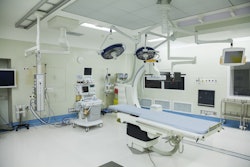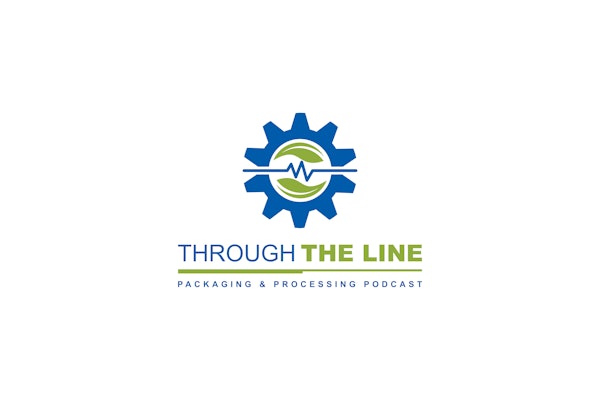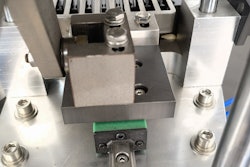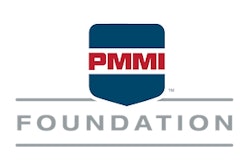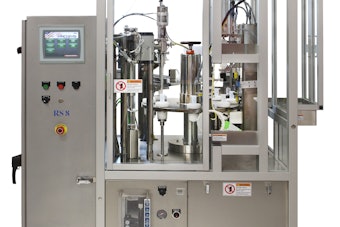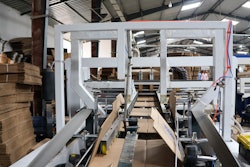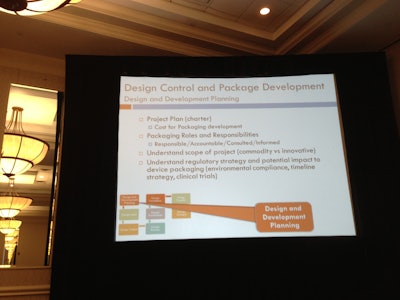
So, you’re involved in medical device package design and you know you have to meet a myriad of user needs, FDA and regulatory requirements, testing and sterilization processes, time-to-market deadlines, etc. So there’s no reason to seek out additional packaging design considerations, right?
Think again.
A men’s body wash package that looked as if it would have been appropriate sitting in a garage served as an inspiration to Jennifer Goff, CPP, Associate Manager, Packaging R&D, Stryker Instruments. She explained to the HealthPack 2015 audience that her husband was the perfect marketing target for the packaging of a product that contained a pleasant lemon scent that also appealed to her.
In her presentation, “Medical Device Packaging’s Story Told Through Design Control,” Goff advised attendees to draw inspiration from packaging used in markets and industries beyond the medical device world. In fact, she discussed a team-building exercise in which team members would invest the time to go through a retail store and evaluate packaging—everything from healthcare products to cosmetics to food—and determine how their appeal could potentially be utilized in packaging medical devices.
Empathic design was also touted by Goff. Defined by Wikipedia as “a user-centered design approach that pays attention to the user’s feelings toward a product,” she explained that incorporating user needs can emanate from Voice of Customer inputs, customer complaints, and empathic design. “These may be things we don’t know,” Goff said, “but could, for example, help us understand that we need to design individual cavities within a device tray to hold separate screws so they don’t get lost in the surgical theater.”





